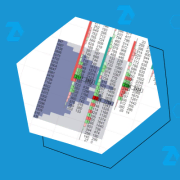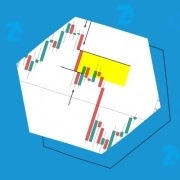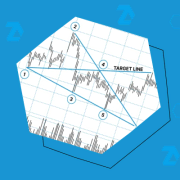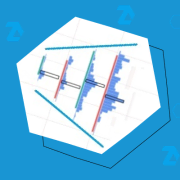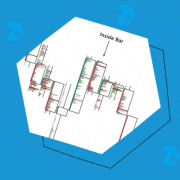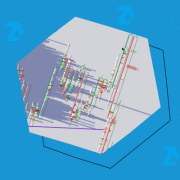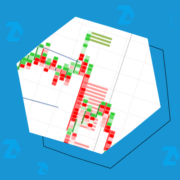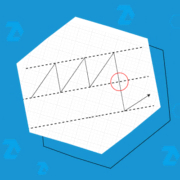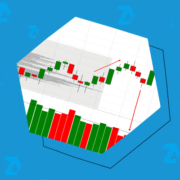Piercing Line Pattern: How to Trade with the Piercing Line Trading
The Piercing Line is a two-candle reversal pattern in candlestick analysis that typically appears at the end of a downtrend, indicating a possible shift toward an upward movement. The pattern is sometimes referred to as the Piercing pattern. Trading the Piercing Line pattern involves making decisions against the prevailing trend, which carries higher risks. This article […]

